2 September 2024
The ripeness network monitors changes in the TAP (potential alcohol content) and the ratio of sugar to acid in the grapes. This makes it possible to track changes in the ripeness of the grapes, so that harvesting can be carried out at the right time.
Several stages are involved:
- Grape sampling
Random samples are taken twice a week, on Monday and Thursday mornings, from the plots monitored for ripeness (for members who have requested this).
- Weighing
All the samples taken are weighed in order to monitor changes in the average weight of the bunches.
- Health monitoring
The bunches are observed one by one on each side, to see whether or not there is botrytis, powdery mildew or if the bunches are scalded.
- Progress of veraison
We look at the colour of the berries on each bunch in each sample, to estimate the percentage of ripeness.
- Pressing
The bunches are pressed in a mini-press which recreates the same pressing conditions as at harvest time. Approximately one litre of must is extracted.
- Analysis
The density is checked using a refractometer and a hydrometer; this stage is doubled in order to be as accurate as possible. The total acidity of the sample is also analysed to check the balance between sugar and acidity.
This year, we’re seeing a big disparity in veraison within the same row. It should also be borne in mind that, as the samples are taken at random and subject to the vagaries of the weather, there can sometimes be a drop in potential alcohol content between 2 samples, particularly during heavy rainfall, due to the dilution effect.
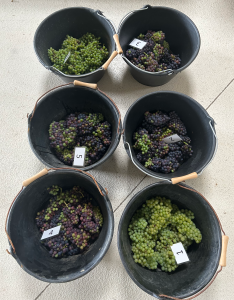
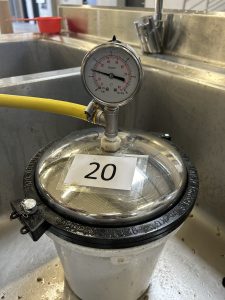
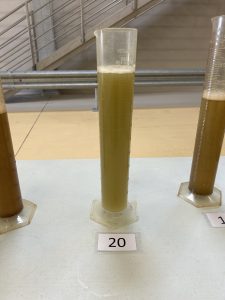
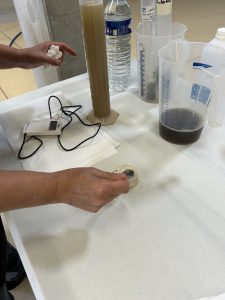
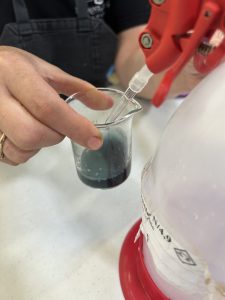

 My account
My account Cart
Cart
